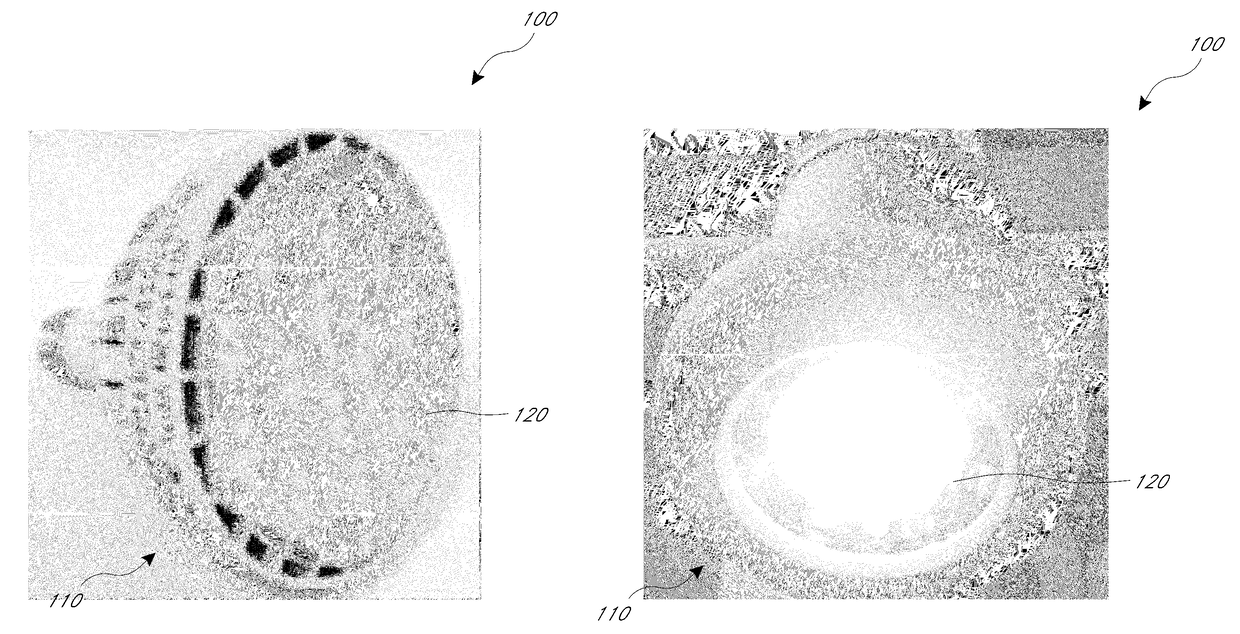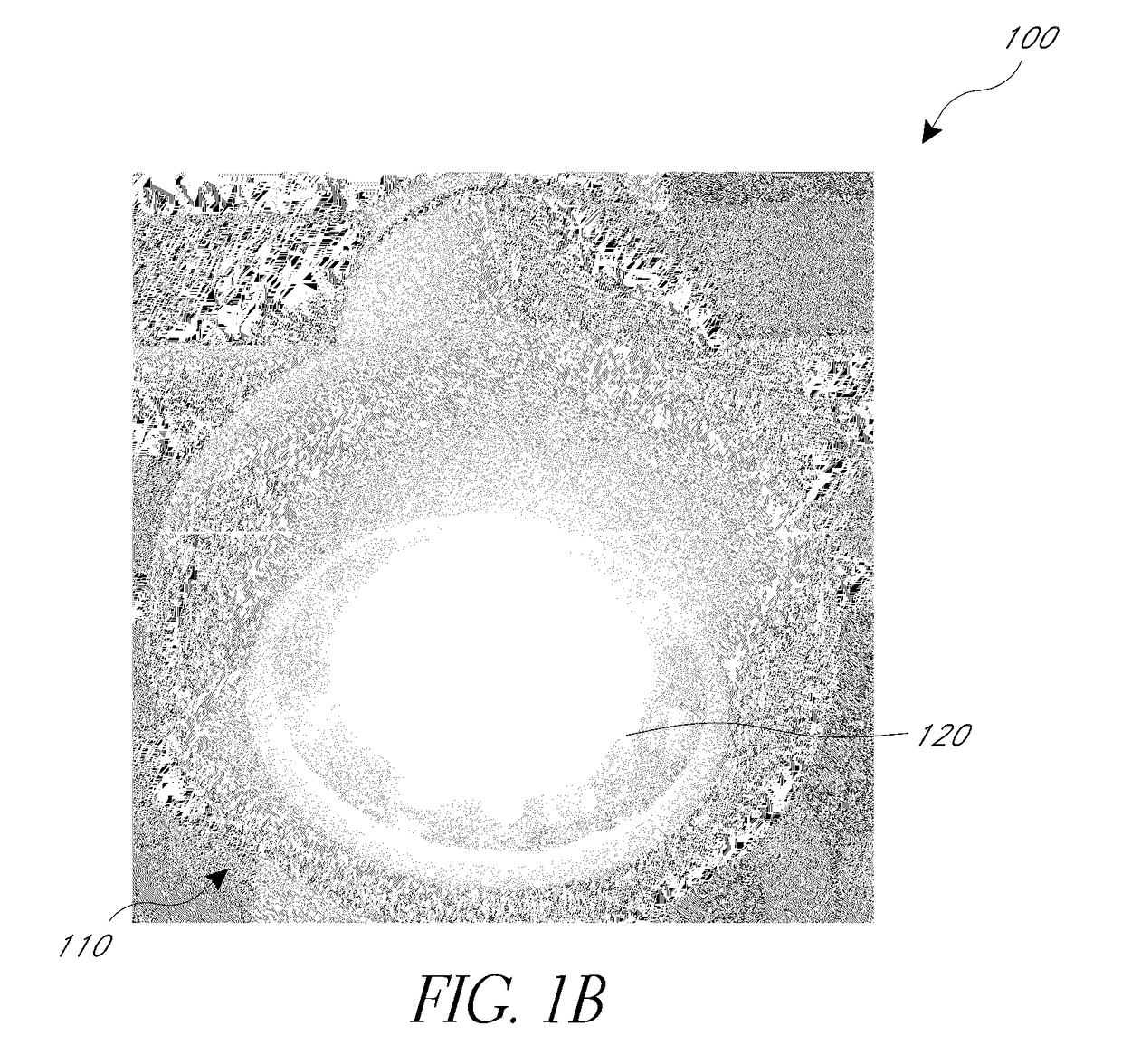Lighting system for protecting circadian neuroendocrine function
a technology of circadian neuroendocrine function and lighting system, which is applied in the field of light emitting diodes (“ led”) lighting systems for protecting circadian neuroendocrine functions, can solve the problems of less efficient chips, harmful effects of light, and significant so as to normalize the rhythm of hormone secretion, reduce the harmful effects of shift work, and reduce the adverse effects of shift work
- Summary
- Abstract
- Description
- Claims
- Application Information
AI Technical Summary
Benefits of technology
Problems solved by technology
Method used
Image
Examples
embodiments
Additional Examples and Embodiments
[0125]Exemplary features and aspects of some advantageous systems and methods are further described herein. For example, systems and methods for providing advanced lighting system solutions are described. Systems and methods for providing an effective circadian-modulated spectral distribution pattern are also disclosed. According to some embodiments, systems are arranged and configured in accordance with certain features, aspects and advantages of the present disclosure. The systems are similar in some aspects to other systems described herein. The systems are unique in some aspects as described further herein. Systems and methods can include one or more of the following features and combinations.
[0126]According to some advantageous aspects, systems and methods for lighting an area can comprise providing for a specific effective circadian-modulated spectral distribution pattern, such as one or more of the patterns described herein. For example, in ...
PUM
| Property | Measurement | Unit |
|---|---|---|
| wavelength range | aaaaa | aaaaa |
| wavelength range | aaaaa | aaaaa |
| wavelength range | aaaaa | aaaaa |
Abstract
Description
Claims
Application Information
 Login to View More
Login to View More - R&D
- Intellectual Property
- Life Sciences
- Materials
- Tech Scout
- Unparalleled Data Quality
- Higher Quality Content
- 60% Fewer Hallucinations
Browse by: Latest US Patents, China's latest patents, Technical Efficacy Thesaurus, Application Domain, Technology Topic, Popular Technical Reports.
© 2025 PatSnap. All rights reserved.Legal|Privacy policy|Modern Slavery Act Transparency Statement|Sitemap|About US| Contact US: help@patsnap.com



